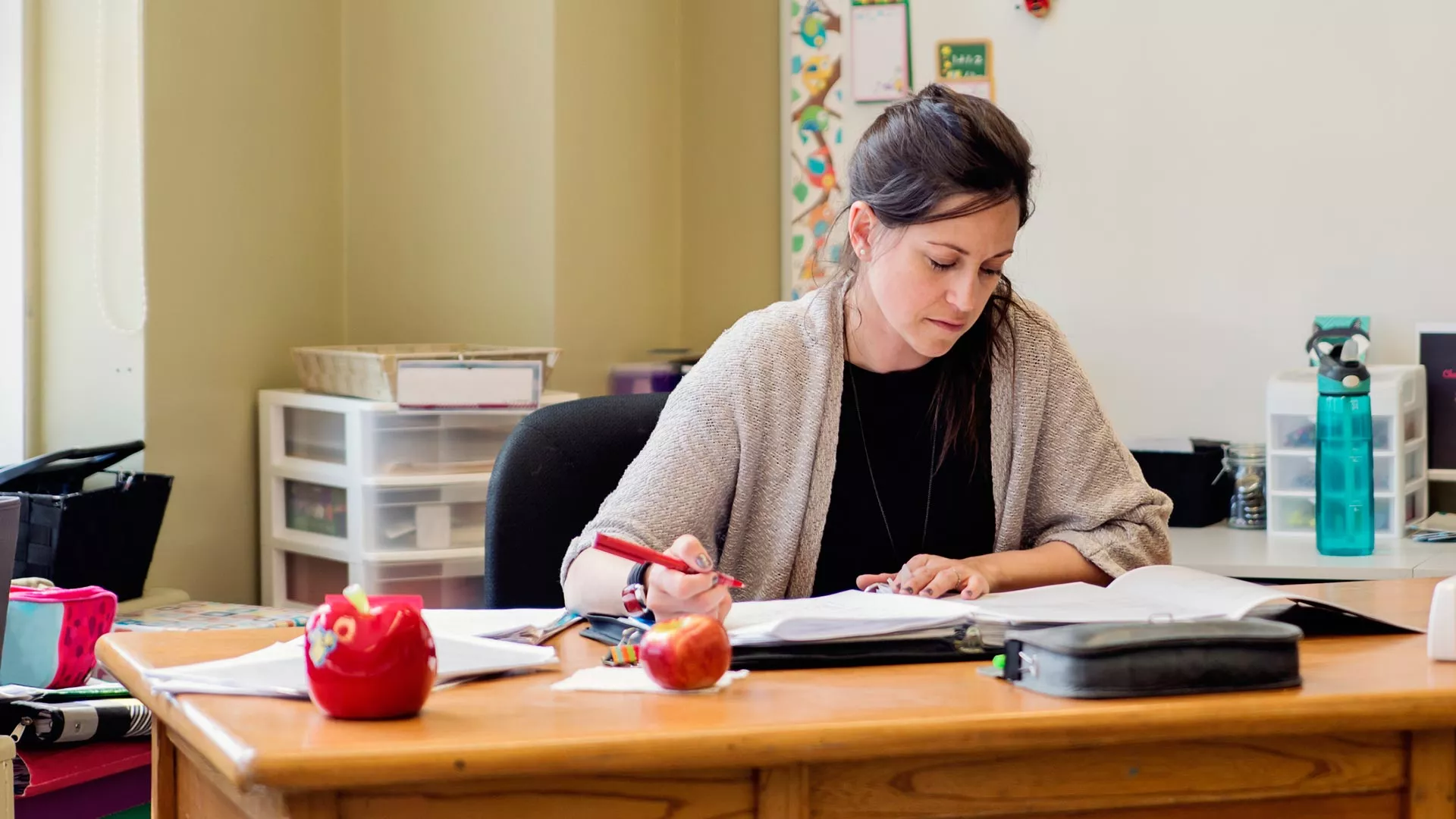Published: May 6, 2020
As we transition to digital learning models, due to COVID-19, it’s important to remember that students with disabilities, those without access to the internet, and other under-represented populations are at higher risk of experiencing school closures more intensely.
To help ensure equity for all students, ask yourself the following questions when planning digital instruction:
CLARIFYING YOUR GOALS
- What kind of decision is under consideration (e.g., policy, program, budget)?
- Do all my students have access to the internet? If not, who does? Who does not?
- Should I assign digital work to students if I don’t know whether they have internet access? How much flexibility should be built into digital learning experiences and assignments?
- How do I ensure my students with disabilities are properly accommodated?
- What results or changes am I seeking that advance racial/social justice?
ENGAGING NECESSARY STAKEHOLDERS
- Who is most directly impacted (think: those who are marginalized or under-represented, e.g., educators or students of color, students with disabilities, rural students, lowest-paid workers)?
- How can they be meaningfully engaged and empowered in this process?
ANALYZING DATA
- What is the relevant history and current context?
- What data do we have, and what do we need? Is it disaggregated by race?
- Who benefits, and who is most burdened? How are different racial/ethnic groups affected differently?
- What are the root causes of the problem? Are there intersecting dynamics?
GENERATING OPTIONS
- What proposed solutions can address the root causes, remedy existing negative impacts, and change systems?
- How will this proposal advance racial and social justice, equity, and inclusion?
ASSESSING IMPACTS
- What are the positive and negative impacts on different racial communities?
- How will marginalized groups and communities of color benefit from each option?
- How can this help counteract dominant patterns of white supremacy?
- What positive values, norms, and narratives can we affirm and project?
- How does this align with our values, vision, mission, and priorities?
DECIDING A SOLUTION
- What are the pros and cons of each option?
- Are there ways to revise the options to prevent adverse consequences?
- Which option best advances equity?
DEVELOPING AN IMPLEMENTATION PLAN
- What strategies, staffing, and funding are needed to ensure success?
- What is the implementation plan and timetable? Who will move it forward?
- How will we document and measure progress? What are the success indicators?
- How can we ensure ample communication, participation, and accountability?
OPERATIONALIZING EQUITABLE CHANGE
- How can we operationalize equity practices to sustain success?
- How do we institute these changes, so they become ongoing practices, protocols, and habits, i.e., a part of our organizational culture?
Learn More
Are you an affiliate?
Jump to updates, opportunities, and resources for NEA state and local affiliates.

Education News Relevant to You
We're here to help you succeed in your career, advocate for public school students, and stay up to date on the latest education news and trends. Browse stories by topic, access the latest issue of NEA Today magazine, and celebrate educators and public schools.
Stay Informed We'll come to you
We're here to help you succeed in your career, advocate for public school students, and stay up to date on the latest education news. Sign up to stay informed




